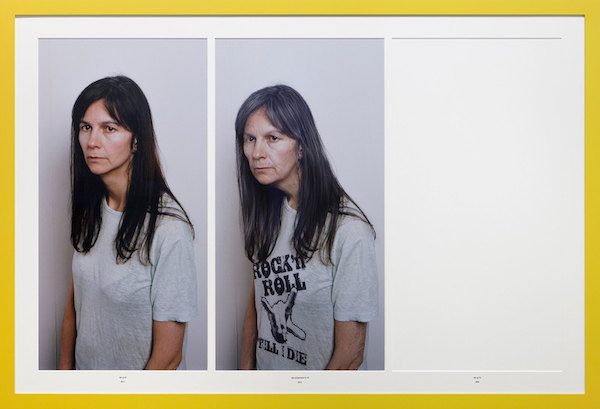Kevin Brennan, the shadow arts minister, has revealed that there is an ‘Institutional’ male bias in the government’s art collection. He pointed out that only a quarter of works acquired by the government in the last five years are by female artists. Research by the party showed that around 265 works by men and just 80 by women were purchased between 2011-2012 and 2015-2016.
“The imbalance in gender of artists behind works acquired is not setting the right example”. – Kevin Brennan
Works of art from the Government Art Collection (GAC) are displayed in UK Government buildings in nearly every capital city, making it the most dispersed collection of British art in the world. The role of the Collection is to promote British art while contributing to cultural diplomacy. Dating from 1898, the Collection has expanded over the years and now contains over 13,500 works of art from the 16th century to the present day by mainly British artists in a broad range of media.

The works are both purchased and donated and act as a representation of British artistic talent. The collection includes works by Turner Prize winners Anish Kapoor, Damien Hirst, Richard Long and Gillian Wearing, as well as other artists with a more unassuming profile.
Labour stated, “the imbalance in the gender of the artists behind works acquired in recent times showed the government’s art collection was not setting the right example”. Kevin Brennan, the shadow arts minister, said the situation was “not good enough” and called for a change in policy. “Only about a quarter of the work acquired by the government art collection in recent years is by women,” he said. “Female artists are at least as talented as their male counterparts and the government should be setting an example by getting rid of the institutionalised bias in their acquisitions policy.”
Government cuts put a moratorium on buying new works between 2011 and 2013, however several works were accepted as donations over the hiatus. It has been reported that 70% of the works were created by male artists and 27% by female artists, with the rest collective pieces.
The selection process is done through an advisory committee looking for strong British based content. The art is made available for display in buildings from 10 Downing Street to ministerial offices in the UK, reception areas of British embassies across the world and other government buildings.
Guardian research showed last year a strong gender imbalance in works displayed in commercial and public galleries. Female artists account for just 4% of the National Gallery of Scotland’s collection; 20% of the Whitworth Manchester’s and 35% of Tate Modern’s collections. Only 33% of the artists representing Britain at the Venice Biennale over the past decade have been women.
A DCMS spokesperson said: “The government art collection is a strong supporter of women artists. Almost half the artists that had work purchased by the GAC [Government Art Collection] between 2011 and 2016 were women, and it will continue to promote a diverse range of British artists that have a strong connection with our country.”
2017 saw a concerted attempt at countering ‘Institutional’ male bias’ mentioned in this article. The Venice Biennale represented by Phyllida Barlow is one example of how this bias is being addressed. The appointment of Maria Balshaw and Francis Morris at Tate has made a difference in displaying more women artists in the upcoming 2018 programme. The Turner Prize has also experienced a fairer selection of female nominees, with Lubaina Himid, age 63 winning the prize this year.
Read More On This Subject Here
Top Photo: Phyllida Barlow Venice Biennale © P C Robinson Artlyst Photo 2 Gillian Wearing Courtesy Maureen Paley

